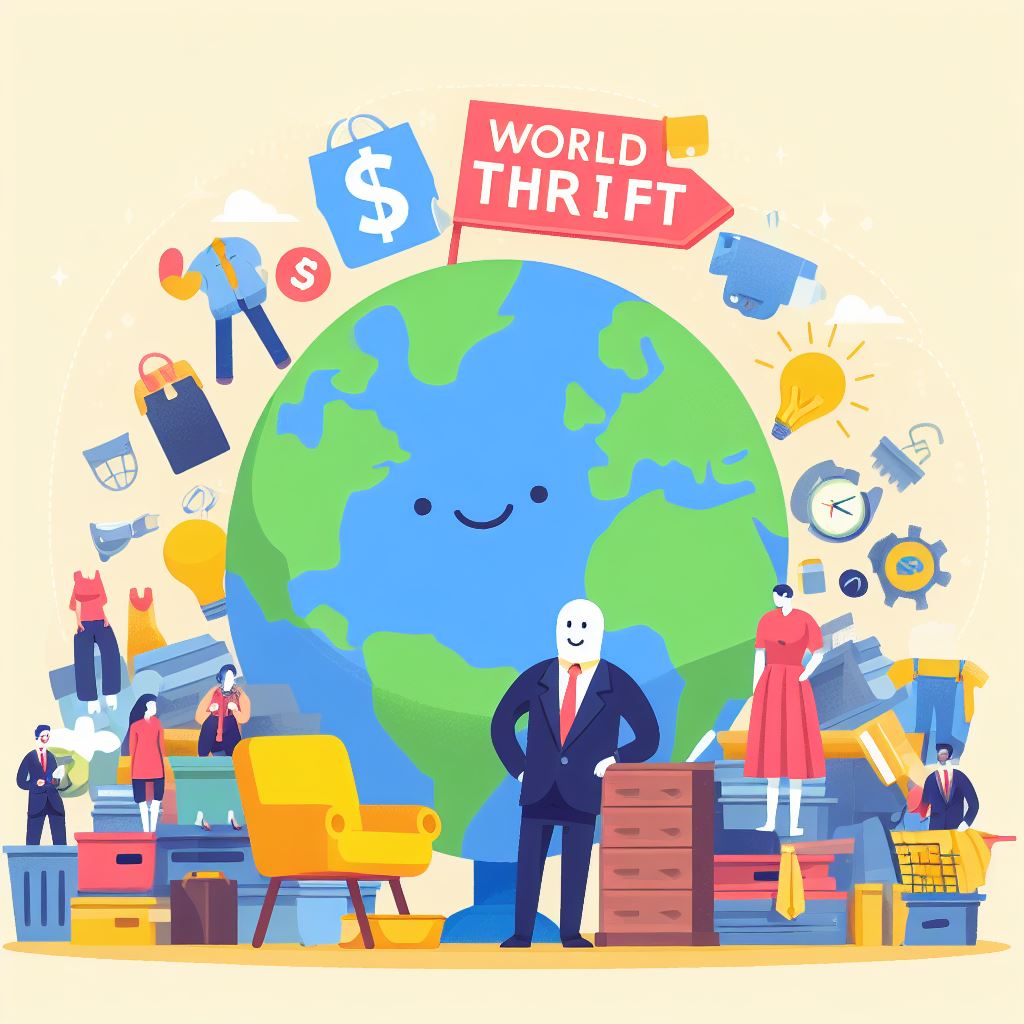Embracing the Art of Thrifting for a Secure Financial Future on World Thrift Day
Every year, on October 31st, people around the world observe World Thrift Day. It’s a day that calls our attention to the virtues of thrift, urging us to embrace the art of saving and responsible financial management. While many equate thrift with simply saving money, it encompasses a broader and more sustainable concept that involves being resourceful, minimizing waste, and making the most of what you have. In this article, we’ll explore the essence of thrift, with a particular focus on thrifting as a lifestyle and a path to financial wellness.
● The Heart of Thrift:
At its core, thrift is about making intentional choices to manage your financial resources wisely. It means living within your means, setting aside a portion of your income for the future, and being resourceful in your spending. However, it’s not just about pinching pennies; it’s about making your money work for you. Thrift encourages you to be both frugal and strategic, ultimately helping you achieve financial goals and greater peace of mind.
● The Thrifting Lifestyle :
Thrifting has gained popularity in recent years, not only as a way to save money but also as a sustainable and eco-friendly approach to consumption. Thrift stores and secondhand markets have become treasure troves of pre-loved items, offering everything from clothing and furniture to electronics and collectibles. Embracing a thrifting lifestyle not only saves you money but also supports recycling and reduces the demand for new products, which can have a positive impact on the environment.
● Key Thrifting Principles
1. Reduce, Reuse, Recycle: Thrifting embodies the “Three Rs” of sustainability. By buying secondhand items, you’re actively participating in reducing waste, reusing perfectly good products, and recycling resources.
2. Quality Over Quantity: When thrifting, focus on quality rather than quantity. Invest in well-made, timeless items that can serve you for years, rather than constantly purchasing cheap, disposable items.
3. Smart Fashion Choices: Thrift shopping can revolutionize your wardrobe. You can uncover unique, stylish pieces while reducing the environmental impact of fast fashion.
4. Home Decor and Furniture: Thrifted furniture and decor can transform your living space. It’s cost-effective and adds character to your home.
5. Treasure Hunting: Thrifting can be an exciting treasure hunt. You never know what gems you might discover, whether it’s a vintage record player, a rare book, or a classic piece of art.
● The Financial Benefits of Thrifting:
While thrifting is kind to the planet, it’s also gentle on your wallet. You can often find high-quality, barely used items at a fraction of the cost of new ones. Thrifting allows you to save money, allocate funds for other financial goals, and even indulge in occasional splurges without breaking the bank.
● Making World Thrift Day Personal :
On World Thrift Day, take a moment to assess your own approach to thrift. Are you taking full advantage of the benefits of thrifting in your daily life? Can you find more ways to minimize waste, be resourceful, and save money for the future? Consider making thrifting not just a hobby but a way of life.
In a world that often encourages excess and overconsumption, embracing thrift as a lifestyle can lead to greater financial freedom, environmental sustainability, and a more deliberate, fulfilling life. So, this World Thrift Day, why not embark on your own journey towards financial wellness through the art of thrifting? Your future self and the planet will thank you.



